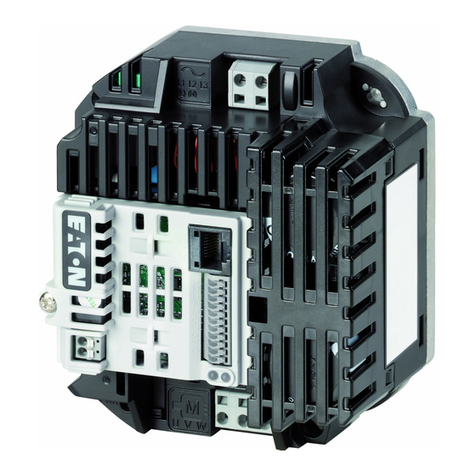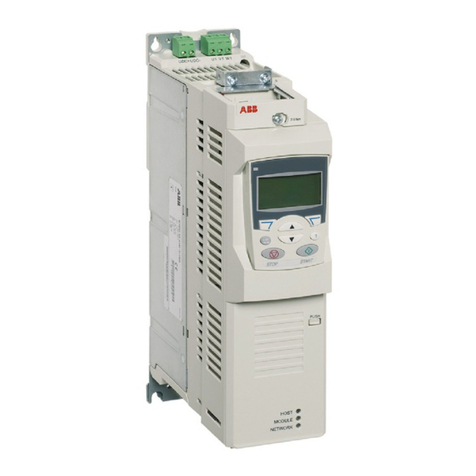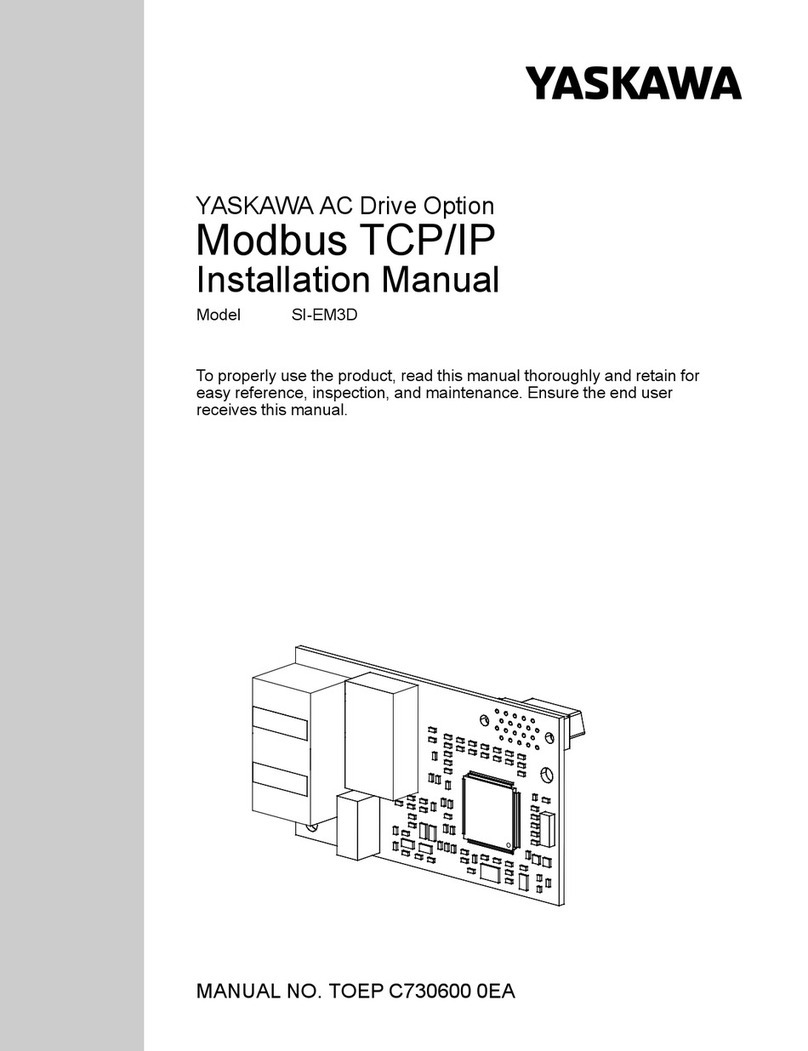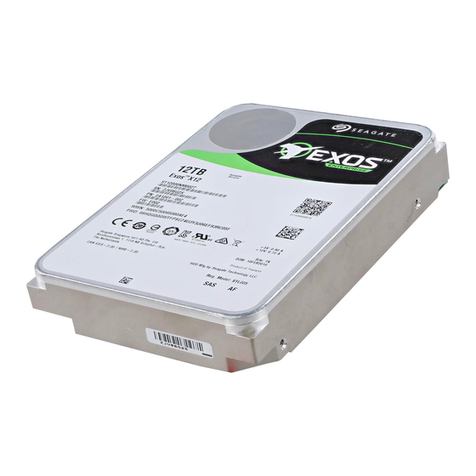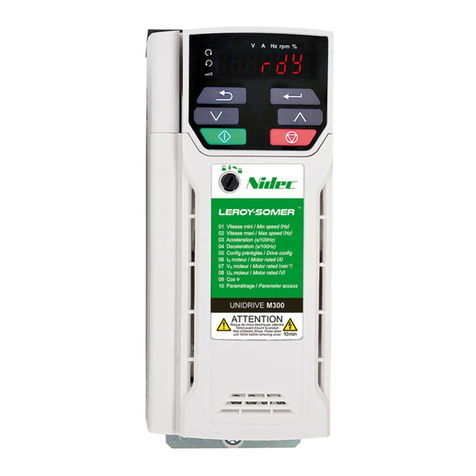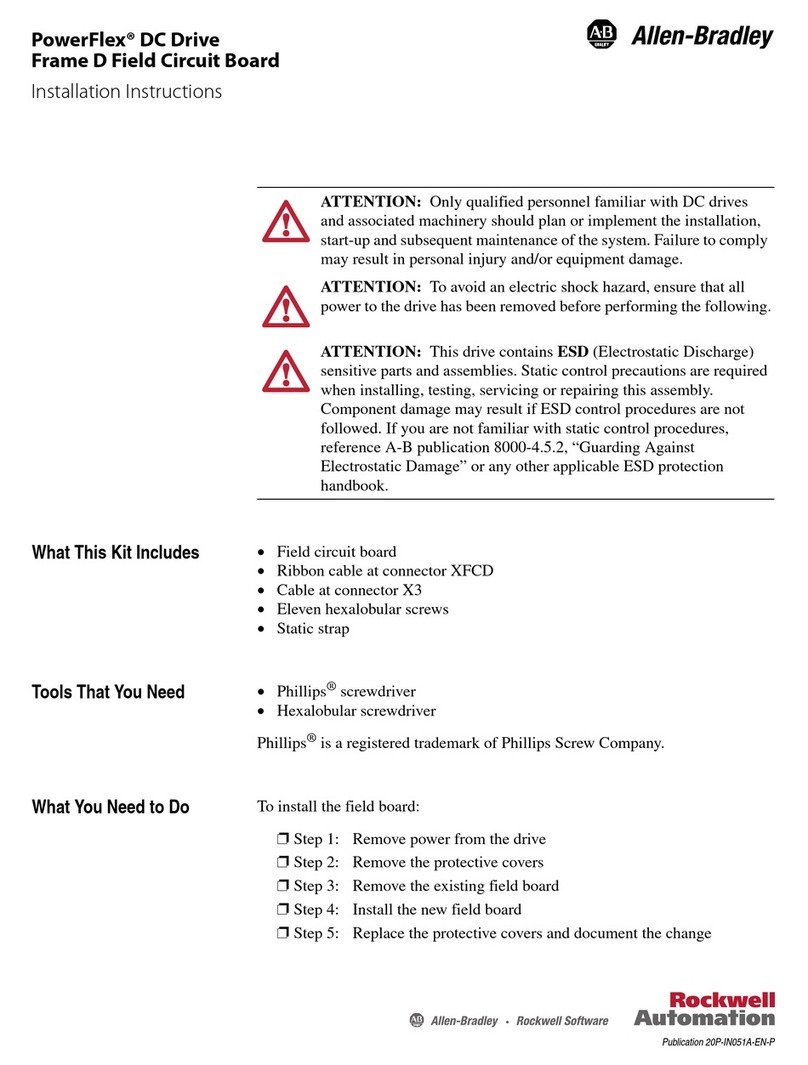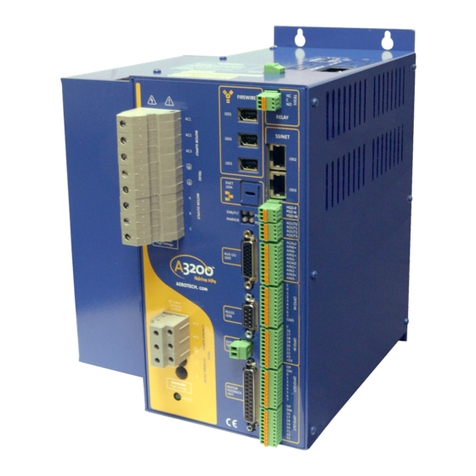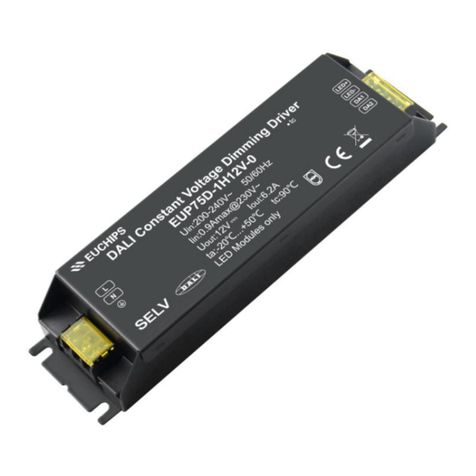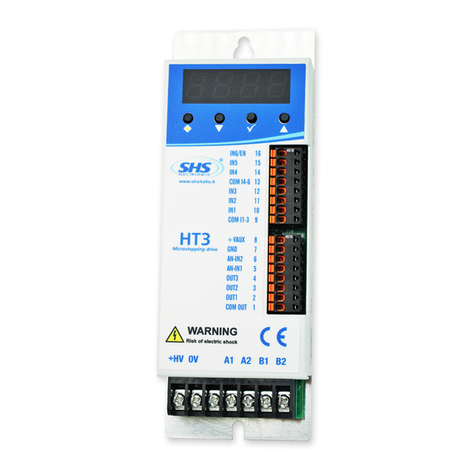TTP Ventus General Purpose Disc Pump Drive PCB User manual

©TTP Ventus 2022 company confidential 1 Rev:
220215
General Purpose Disc Pump Drive PCB
User Manual
TTP Ventus Limited
Melbourn Science Park
Melbourn
Hertfordshire
SG8 6EE
UK
T +44 1763 262626
www.ttpventus.com

©TTP Ventus 2022 company confidential 2 Rev:
220215
1 DISCLAIMER 3
2 SPECIAL NOTICES 3
3 INTRODUCTION 4
3.1 Disc Pump 4
3.2 The General Purpose Disc Pump Drive PCB 4
4 SAFETY 6
5 DRIVE PCB OVERVIEW 7
5.1 Drive PCB Dimensions 8
5.2 Pump “Flexi Tail” Connector 9
5.3 Drive PCB Pinout 10
5.4 Drive PCB Mating Connectors 11
6 SYSTEM OPERATION 12
6.1 Preparing the system for first use 12
6.2 System control interfaces 12
6.2.1 Analog control 12
6.2.2 Digital control 12
6.2.3 TTP Ventus Pump Control App 12
7 SUPPORT 12
8 REVISION HISTORY 13

©TTP Ventus 2022 company confidential 3 Rev:
220215
1 DISCLAIMER
Use of the General Purpose Disc Pump Drive PCB, including all software and firmware provided
with it, is subject to TTP Ventus’ standard terms of sale. TTP Ventus provides no warranty (beyond
any product warranty provided under the terms of sale) regarding this User Manual and the General
Purpose Disc Pump Drive PCB, express or implied, including as to non-infringement,
merchantability, or fitness for any particular purpose. To the maximum extent permitted by law TTP
Ventus disclaims liability for any loss or damage resulting from use of this User Manual and/or the
General Purpose Disc Pump Drive PCB, whether arising under contract, tort (including negligence),
strict liability, or otherwise, and whether direct, consequential, indirect, or otherwise, even if TTP
Ventus has been advised of the possibility of such damages, or for any claim from any third party.
2 SPECIAL NOTICES
Throughout this User Manual, special notices relating to the safe and correct operation of the
General Purpose Disc Pump Drive PCB are formatted and highlighted as follows:
CAUTION
Instructions to ensure correct operation of the equipment and/or for avoiding
damage to the equipment.
WARNING
Instructions relating to the safety of the equipment operator and avoiding injury.

©TTP Ventus 2022 company confidential 4 Rev:
220215
3 INTRODUCTION
3.1 Disc Pump
TTP’s Disc Pump is a multi-award-winning technology which makes use of advances in the field of
non-linear acoustics to offer the following unique features:
silent operation
ultra-smooth flow
millisecond responsiveness
compact form factor
high-precision controllability
In contrast to conventional air pumping mechanisms (such as diaphragm and piston pumps), Disc
Pump does not rely on the bulk compression of air within a cavity. Instead, Disc Pump generates a
high amplitude, high frequency acoustic standing wave within a specially designed acoustic cavity.
The operating frequency varies part-to-part and with pump operating conditions (e.g. temperature,
pressure, etc). A dedicated drive circuit is therefore required to identify and track this frequency over
time.
The schematic: the out-of-plane motion of the
actuator drives in-plane (radial) motion of the gas
in the cavity and creates a standing pressure wave,
resulting in the oscillating cavity pressure shown.
The motion of the actuator is highly exaggerated:
there is virtually no net volume change of the cavity
during operation and at any given point in time
there exists both a region of compression and a
region of rarefaction within the cavity.
Rectification of the alternating cavity pressure is
the key to delivering useful pump performance and
device lifetime. TTP Ventus has addressed this
need by developing a family of innovative valve
designs based on lightweight polymer valve flaps.
Disc Pump technology is protected by a portfolio of
both patent applications and granted patents.
Figure 1: Disc Pump schematic
3.2 The General Purpose Disc Pump Drive PCB
Following initial testing with the Disc Pump
Evaluation Kit, customers may elect to use the
General Purpose Disc Pump Drive PCB in their
own product design. This allows customers to
forgo the time and effort required to design and
integrate their own Disc Pump drive circuit and
firmware. The General Purpose Drive PCB
handles the specific pump drive requirements
and provides a variety of easy-to-use
interfaces, which enable simple integration with
test systems, prototype devices, and final
products.
Figure 2: The General Purpose Drive PCB

©TTP Ventus 2022 company confidential 5 Rev:
220215
For the most basic use case a three-wire connection (3.5-5.5 V supply; ground; and 0-3.3 V analog
control) is all that is needed. For more sophisticated use cases, the Drive PCB can be controlled
over a TTL-level serial UART link.
The PCB also implements closed-loop control (e.g. of pressure, vacuum or flow). Customers can
provide 0-3.3 V signals (that represent e.g. measured pressure or flow) to the PCB via any of its
three analog inputs for this purpose.
This manual provides information to aid the integration of the General Purpose Disc Pump Drive
PCB with your system.

©TTP Ventus 2022 company confidential 6 Rev:
220215
4 SAFETY
WARNING
The equipment described in this document is intended for use by skilled and trained
personnel only. Further, the equipment is provided in a ‘bare’ format enabling users
to integrate it into test fixtures, prototypes and product assemblies.
The user should satisfy themselves that the equipment is and remains fit for the
intended use. The user accepts that TTP Ventus shall not be held responsible or
liable for any injury, damage or loss to property, person or otherwise, resulting from
use of the equipment.
In order to aid assessment of the safety of the equipment, the following indicative
electrical data are provided:
A.C. voltage on the PCB: 120 Vpp max. (at 20 – 22 kHz)
D.C. voltage on the PCB: 60 V max.
All Disc Pumps emit ultrasound in operation. The following data are provided for
operation at maximum power (1.4W) at a distance of 30cm:
Sound pressure level: 70-80 dB SPL @ 30 cm typ. (at 20-22 kHz)1
1. Equivalent to <10 phon per ISO 226:2003 and related studies, 30 cm equivalent measurement
distance
WARNING
Take care during use of the General Purpose Disc Pump Drive PCB not to create
short circuits between exposed conductive parts of the PCBs. Short circuits may
lead to malfunctioning and heating.

©TTP Ventus 2022 company confidential 7 Rev:
220215
5 DRIVE PCB OVERVIEW
Figure 3: General Purpose Disc Pump Drive PCB interfaces
The General Purpose Disc Pump Drive PCB should be powered from a 3.5 to 5.5V supply, and can
be controlled over a UART connection. In addition, 3x analog inputs allow easy interfacing with a
variety of sensors, and allow the Drive PCB to perform closed loop control on board. Further still,
the board acts as an I2C master, allowing communication with a selection of digital sensors that are
relevant to many common applications for Disc Pump. Note that the PCB does not support I2C
control by another master device.
3.5-5.5V
supply
3x Analog
input
UART
I2C Master
GPIO
Pump Drive

©TTP Ventus 2022 company confidential 8 Rev:
220215
5.1 Drive PCB Dimensions
All dimensions in millimetres, with a tolerance of +/- 0.25mm unless indicated otherwise.
Figure 4: Drive PCB dimensions

©TTP Ventus 2022 company confidential 9 Rev:
220215
5.2 Pump “Flexi Tail” Connector
Disc Pump uses an FFC (flat flex connector) compatible with most 8-way 0.5mm pitch FFC
connectors. The General Purpose Disc Pump Drive PCB has such a connector, and it is important
that the Disc Pump “Flexi Tail” is properly seated in this connector.
Figure 5: Connecting a pump to the Drive PCB
Slide the Disc Pump Flexi
Tail into the connector
housing. Initially some
friction is felt, continue
pushing the connector in
until a hard stop is reached
Push the
connector closed,
applying even
pressure to each
end
Visually inspect the connection,
~5mm should be exposed which
would verify that the Flexi Tail is
properly seated into the
connector
Ensure the connector is fully
open, by sliding the brown
section of the connector
horizontally out from the
driver

©TTP Ventus 2022 company confidential 10 Rev:
220215
5.3 Drive PCB Pinout
Pin No. Pin Name Function Min Max Unit
1 VCC Power Supply 3.5 5.5 V
2 3V3 3V3 from the on-board voltage regulator. 50 mA
3 NSRT Onboard microcontroller reset. Active low. Used
with pins 12 & 13 to load custom firmware. 0 3.3 V
4-5 GND Power ground.
6 AGND Analog ground.
7-9 ANALOG C-A 3x high impedance analog inputs 0 3.3 V
10 GPIO D Pump enable digital toggle signal. Has internal
pull-up. (Used for ON/OFF motherboard switch) 0 5 V
11 GPIO C General purpose IO. No function with the default
firmware. 0 5 V
12 SWD IO Onboard microcontroller, software debug IO 0 3.3 V
13
SWD CLK Onboard microcontroller, software debug clock 0 3.3 V
14 UART RX The receive connection for the serial comms. 0 5 V
15 UART TX The transmit connection for the serial comms. 0 3.3 V
16 GPIO A Pump enable digital toggle signal. Has internal
pull-up. (Exposed as GPIO A on motherboard) 0 5 V
17 GPIO B General purpose IO. No function with the default
firmware. 0 5
18 I2C SCL I2C master clock1 0 5 V
19 I2C SDA I2C master data1 0 5 V
Figure 6: Drive PCB Pinout
1 Note that the PCB does not support control by another I2C master device. The I2C function
enables control of peripheral devices when connected to the Evaluation Kit Motherboard PCB.

©TTP Ventus 2022 company confidential 11 Rev:
220215
5.4 Drive PCB Mating Connectors
The General Purpose Disc Pump Drive PCB uses three, 1.27mm pitch, single-in-line, pin headers
to form the 19-pin header. Specifically, 4, 5, and 10-way headers. The 4 and 5-way headers are
spaced by 1.5x the normal 1.27mm spacing so that the PCB can only be mounted in a mating 19-
socket connector in the correct orientation.
Matching 4, 5, and 10-way 1.27mm pitch, single-in-line sockets should be chosen to form a mating
female connector for the General Purpose Disc Pump Drive PCB. Each socket should be able to
accept a pin at least 3.2mm long.
No.
Harwin
Multicomp
GCT
4
M50-3030442 MC-SVT1-S04-G BD080-04-A-0230-L-D
5
M50-3030542 MC-SVT1-S05-G BD080-05-A-0230-L-D
10
M50-3031042 MC-SVT1-S10-G BD080-10-A-0230-L-D
Figure 7: Drive PCB mating connections

©TTP Ventus 2022 company confidential 12 Rev:
220215
6 SYSTEM OPERATION
6.1 Preparing the system for first use
Remove the Drive PCB from protective the ESD bag.
Optional: Use the TTP Ventus motherboard to configure the Drive PCB.
Seat the Drive PCB into a matching connector.
Connect the pump
6.2 System control interfaces
The system provides multiple options for controlling the pump:
- Analog control
- Digital control over UART
6.2.1 Analog control
Pins 7 to 9 of the General Purpose Disc Pump Drive PCB have a 0 to 3.3 V analog input. A single
analog input can be configured to control pump drive power (“open-loop” control). Or multiple analog
inputs can be used together, for instance, one to measure the output from a pressure sensor, and
another to receive a target pressure. The Drive PCB can then be configured to perform closed loop
control between the two analog inputs.
This functionality can be configured using the UART interface, refer to TTP Ventus Technical Note
TN003 Serial Communications Guide for more information.
6.2.2 Digital control
The digital UART interface can be used to control the PCB, without any reliance on the analog
inputs. Refer to TTP Ventus Technical Note TN003 Serial Communications Guide for more
information.
GPIO A and D can be used to toggle the pump ON/OFF. The Drive PCB applies an internal pull-up
so these pins can be left floating. Changing the state of either pin toggles the pumps ON/OFF state.
6.2.3 TTP Ventus Pump Control App
The TTP Ventus Pump Control App can be used to configure and control the Drive PCB while
mounted to a TTP Ventus Motherboard PCB – for example, to set the control mode and associated
parameters.
If desired, configuration settings can be saved to the Drive PCB for use on power up, enabling the
Pump Control App to be used as a production configuration tool prior to installing the Drive PCB in
the final system.
Refer to the Disc Pump Evaluation Kit User Manual for further information on using the Drive PCB,
Motherboard and Pump Control App together.
7 SUPPORT
The support section of TTP Ventus website (https://www.ttpventus.com/support) provides technical
information, FAQs, troubleshooting and documentation for download, including a range of
application notes.
For additional technical support, please contact TTP Ventus at support@ttpventus.com.

©TTP Ventus 2022 company confidential 13 Rev:
220215
8 REVISION HISTORY
Revision Date Details
220513 13 May 2022 Initial release.
This manual suits for next models
1
Table of contents
Popular DC Drive manuals by other brands
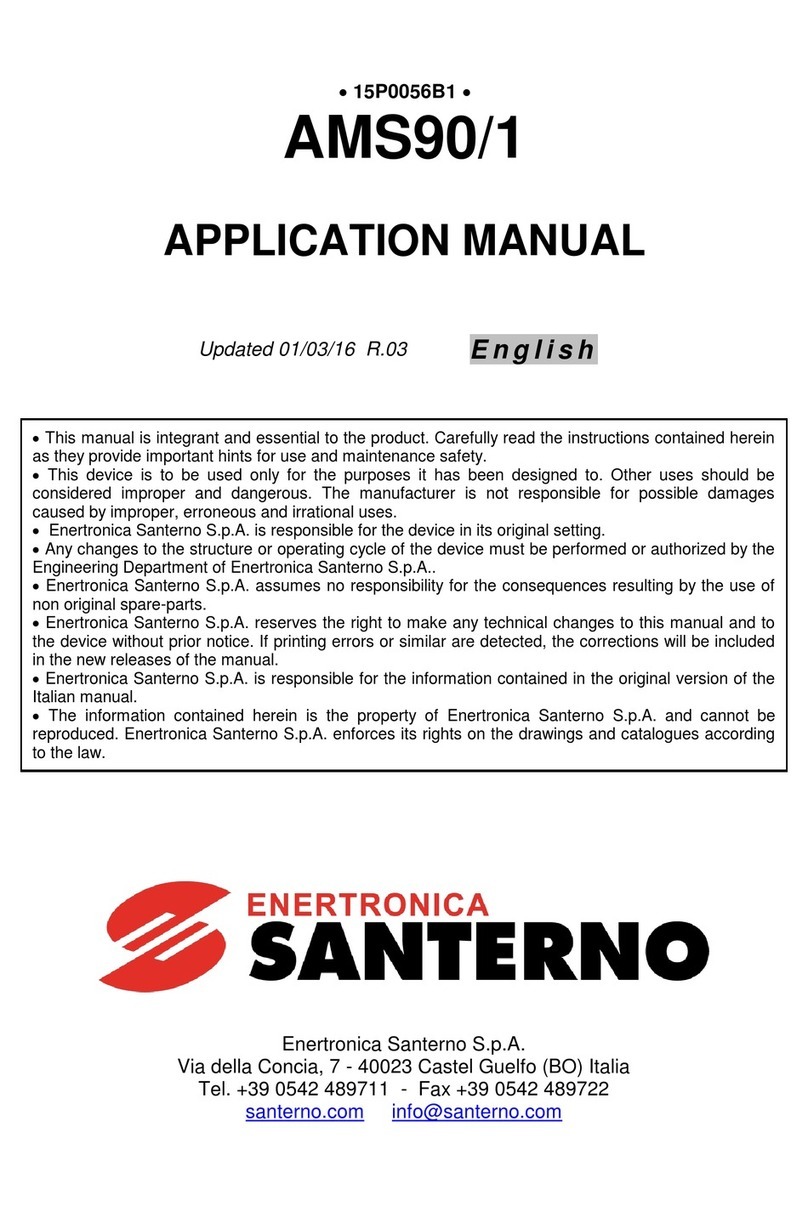
Santerno
Santerno AMS90/1 Applications manual
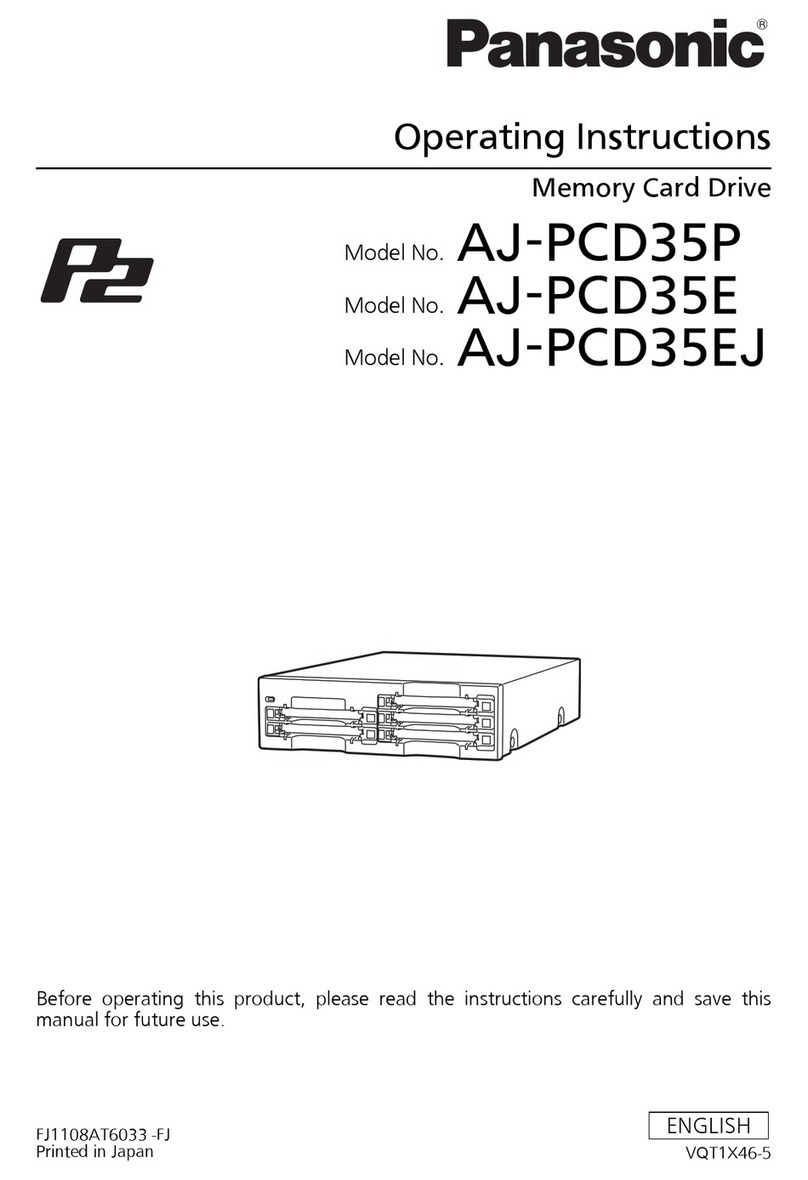
Panasonic
Panasonic AJ-PCD35EJ operating instructions
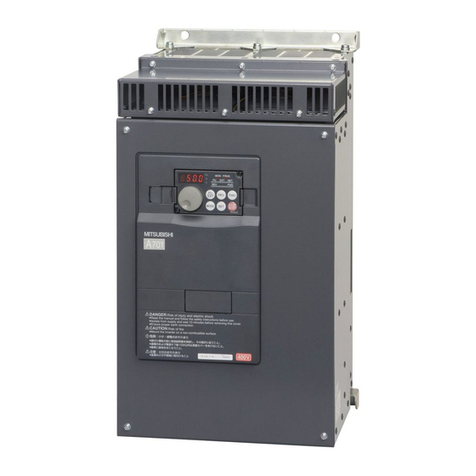
Mitsubishi Electric
Mitsubishi Electric FR-A741-5.5K INSTALLATION GUIDELINE

elero
elero RolTop-868 manual

Eurotherm
Eurotherm 605 Series Product manual installation & instructions
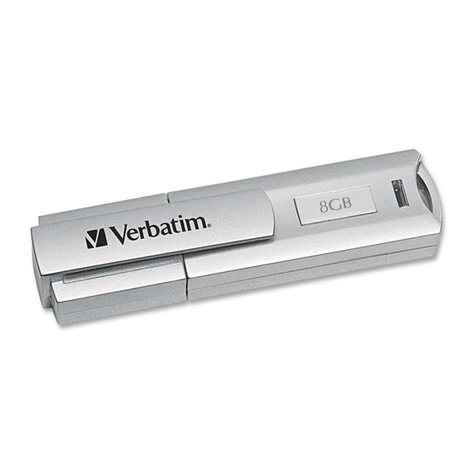
Verbatim
Verbatim Corporate Secure quick guide
